
“Diving into Disco”, a seven-part series penned by PMA writer Claude Lemaire, is a meticulously researched series adorned with rare photos that we’re very excited to reintroduce to a broader audience. A perfect read for those curious about the beginnings of disco culture.
Hi, my name is Claude and I’m a… disco addict. There I said it. Now that wasn’t so awful after all. Truth be told, I never shied away from admitting my lifelong disco dependency to strangers. I was always an unabashed member of the disco brigade, but from what I’ve gathered from friends and acquaintances, choosing a musical identity wasn’t so easy for many music and audio enthusiasts who, in their formative years, felt torn or tormented by being peer-pressured to choose one camp over another. Indeed, growing up in the 1970s to early-80s, you were cast as either a freak, rocker, mod, punk, new waver, or, as in my case, a disco fan.
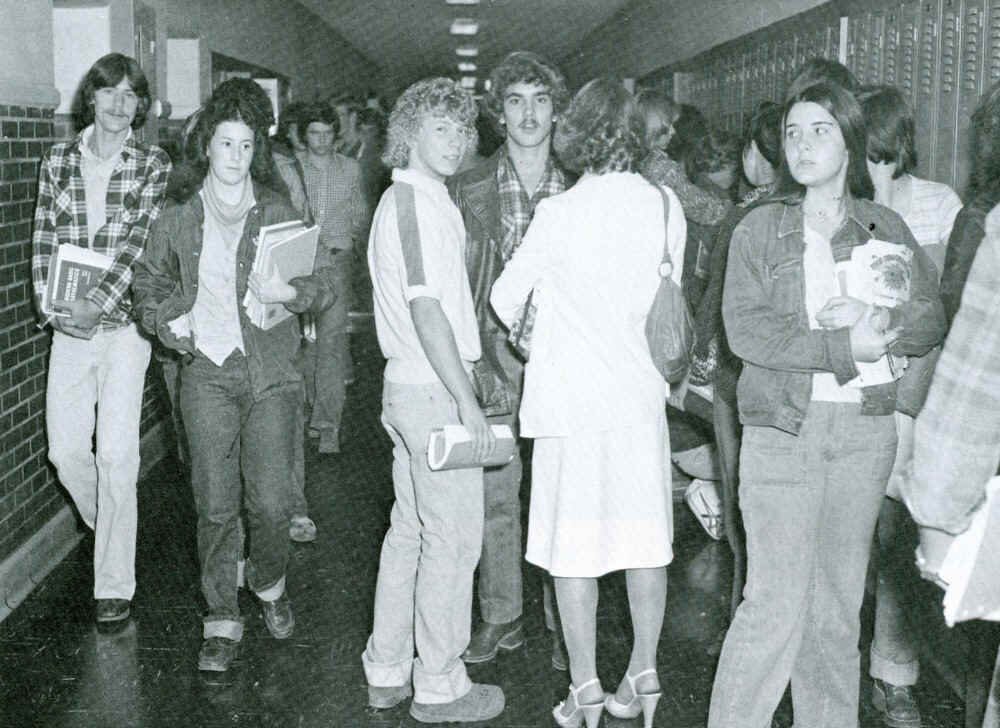
Luckily, living on my metaphorical desert island surrounded by strong opposing tides, I was able to explore and navigate the competing cultural currents of the day. I suspect many young straight guys were wary to openly embrace disco, choosing to remain in the closet musically speaking; since the genre was closely associated with gay subculture, some may have feared having their masculinity questioned by their school peers.

By happenstance, the pride movement that took shape alongside the gay liberation movement, itself fueled by the Stonewall riots of June 1969, occurred in tandem with the rise of underground clubs and discothèques.
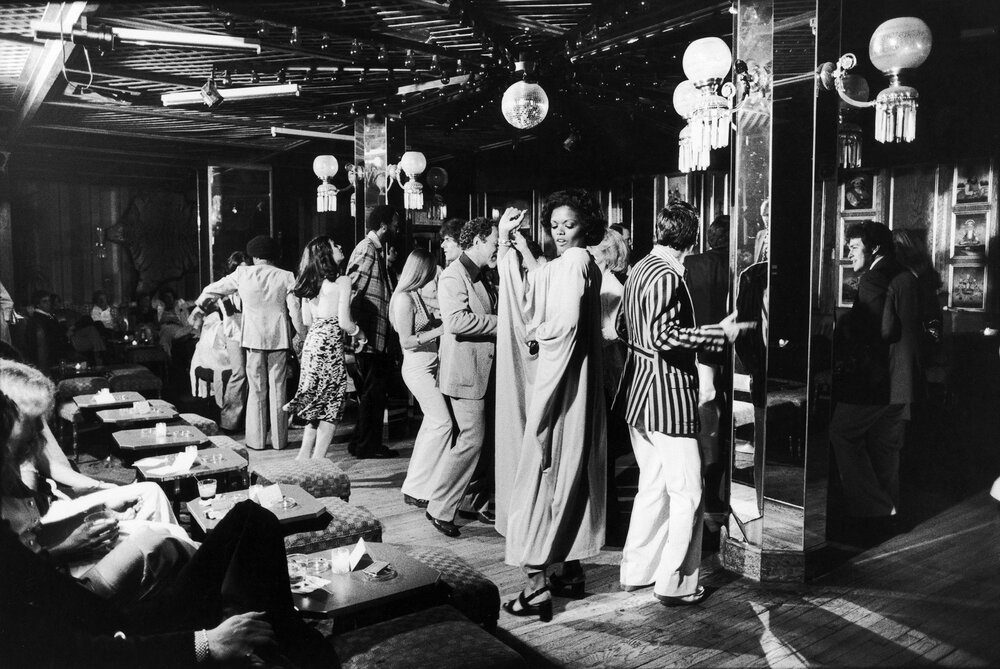
Had the Stonewall riots happened a decade earlier, music from the British Invasion, rather than disco, might have served as the soundtrack for the gay struggle. In other words, you can feel secure in your manliness while still digging disco.
There has always been great reluctance by the music industry to give disco credit as a legitimate art form. While classical, jazz, and rock have historically been coveted by critics as genre classics, disco seems to suffer from the Rodney Dangerfield Syndrome – it “don’t get no respect”. This may be due in part to the fact that contrary to prior genres, disco did not feature many megastars or cult heroes, or cultivate complex personalities or rambunctious behaviors ending in tragic stories that could be circulated ad nauseam in news cycles and outlets. Rather, with the exception of a few disco divas, this was primarily a producer-driven medium, background-built, layer by layer, in the studio instead of live on stage. One could invite comparison within the jazz scene, where the big band swing era reflected a more highly-controlled format focusing on the composer-arranger-ensemble triad, whereas in the following bebop era, gifted musicians and artists improvised in live performances, making them the focus of attention.
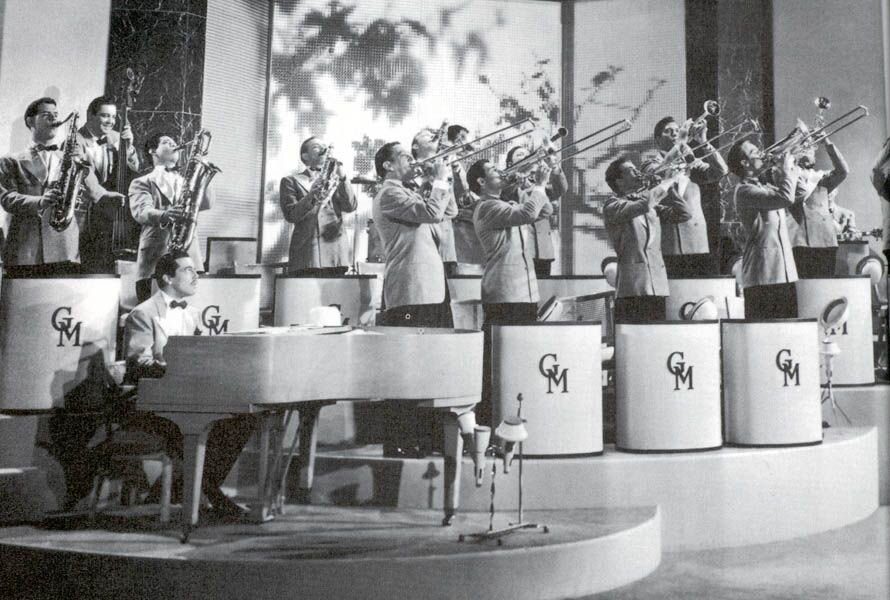
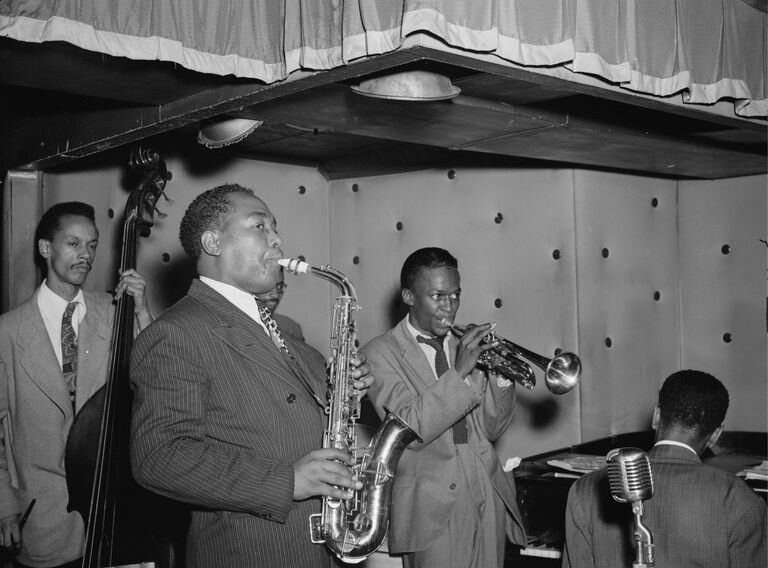
Another myth that we need to debunk is that disco does not have any redeeming value, that it is a fast food product, disposable and quickly forgotten. In reality there are a great number of classic disco songs that, like fine wines over time, have aged gracefully — and no, I am not talking here about “Dancing Queen“, “Y.M.C.A.”, and “I Will Survive“. The trouble is that in the pre-internet days, you had only two broadcast mediums from which to get your music: television and radio. In the case of the former, there were a few very short-lived disco shows that aired during the genre’s heyday, while in the latter’s case, as far as where I lived is concerned, only one FM station —Montreal’s CKMF 94.3 — played disco, from 5pm to 8pm on weekdays, and 9pm to 3am on Saturdays, this circa 1976 to 1982.
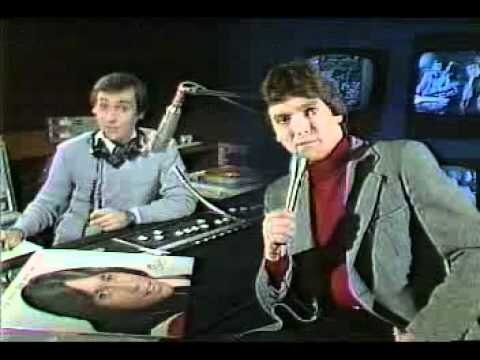
Compare that with Montreal’s CHOM 97.7 that was all rock 24/7 from 1969 onward and still plays a mix of new and classics to this day, and that goes a long way in understanding how mentalities and culture can be shaped and long lasting. Now imagine for just a moment if we would have had a 24/7 disco/dance-oriented station that gave and still gives as much airplay to Donna Summer and Barry White as Pink Floyd and Led Zeppelin received and continue to receive, and it seems likely that disco/dance-oriented music would have more of what Aretha kept preaching about — R.E.S.P.E.C.T.!
Disco often gets derided for its simplistic and repetitive lyrics. No argument from me on that front. Basically, you can condense the genre’s favorite themes and titles into the following: babe, baby, boogie, booty, dance, dancing, disco, get down, get up, love, lust, and sex. But just as you don’t buy or praise a Bob Dylan album for vocal range delivery, nor a Ramones album for its guitar virtuosity, you don’t dig a disco track for its lyrical prose or content. There is no deep meaning behind Musique‘s ‘Push Push’ “In the Bush”, but James Brown can repeat a zillion times “Get Up, Get On Up”, “Soul Power”, and “Hot Pants” in a single song to create an irresistible vibe. You want inspiring thoughtful words? Cat Stevens and Carole King are more your ticket — music I equally love for those reasons. Disco, on the other hand, offers so many other things: lush arrangements, progressive sonic envelopes, driving toe-tapping rhythms, sensual vibes, unforgettable funky riffs, and much, much more that is there to be discovered.
If you are an audio enthusiast, this gives you another worthy reason to embark on this adventure. Just like jazz, disco is generally very well recorded and mastered on vinyl, much more so than other genres, but unlike jazz and rock, prices on the second-hand market are usually lower and even reasonable, especially these last years when vinyl resale prices have skyrocketed everywhere. Just make sure you stay away from the majority of the reissues and stick instead with the original pressings; when it comes to disco, with few exceptions, you won’t find quality all-analog reissues from the top remastering labels such as MoFi and Acoustic Sounds — they don’t cater to this smaller niche market. I believe it is high time to give this neglected genre its proper due, and allow it to take its honorable place in music history.
In the next chapter, we’ll examine the multiple roots of disco. Hope you hop on board the disco train for the exciting ride. All abooooard!


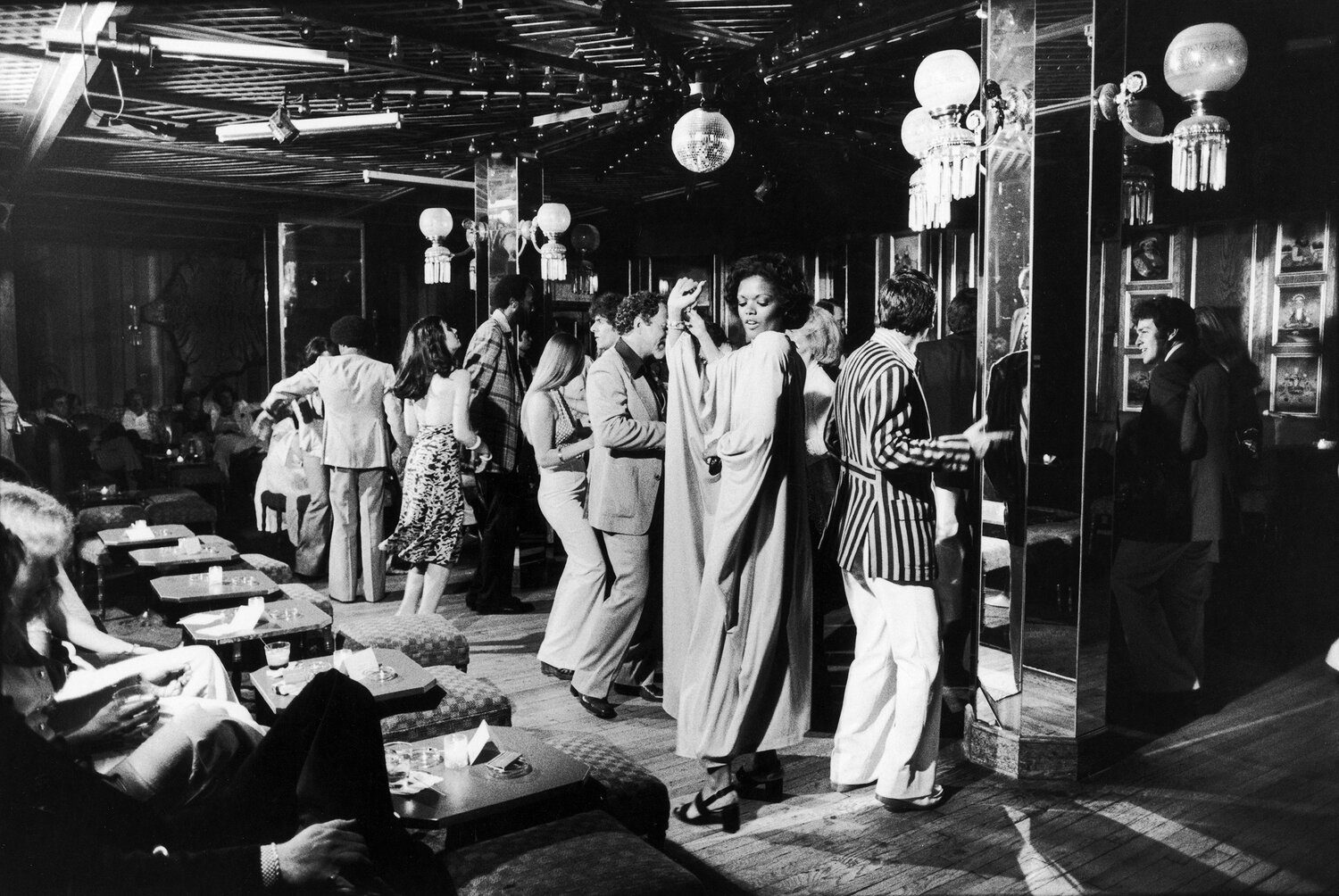







Leave a Reply